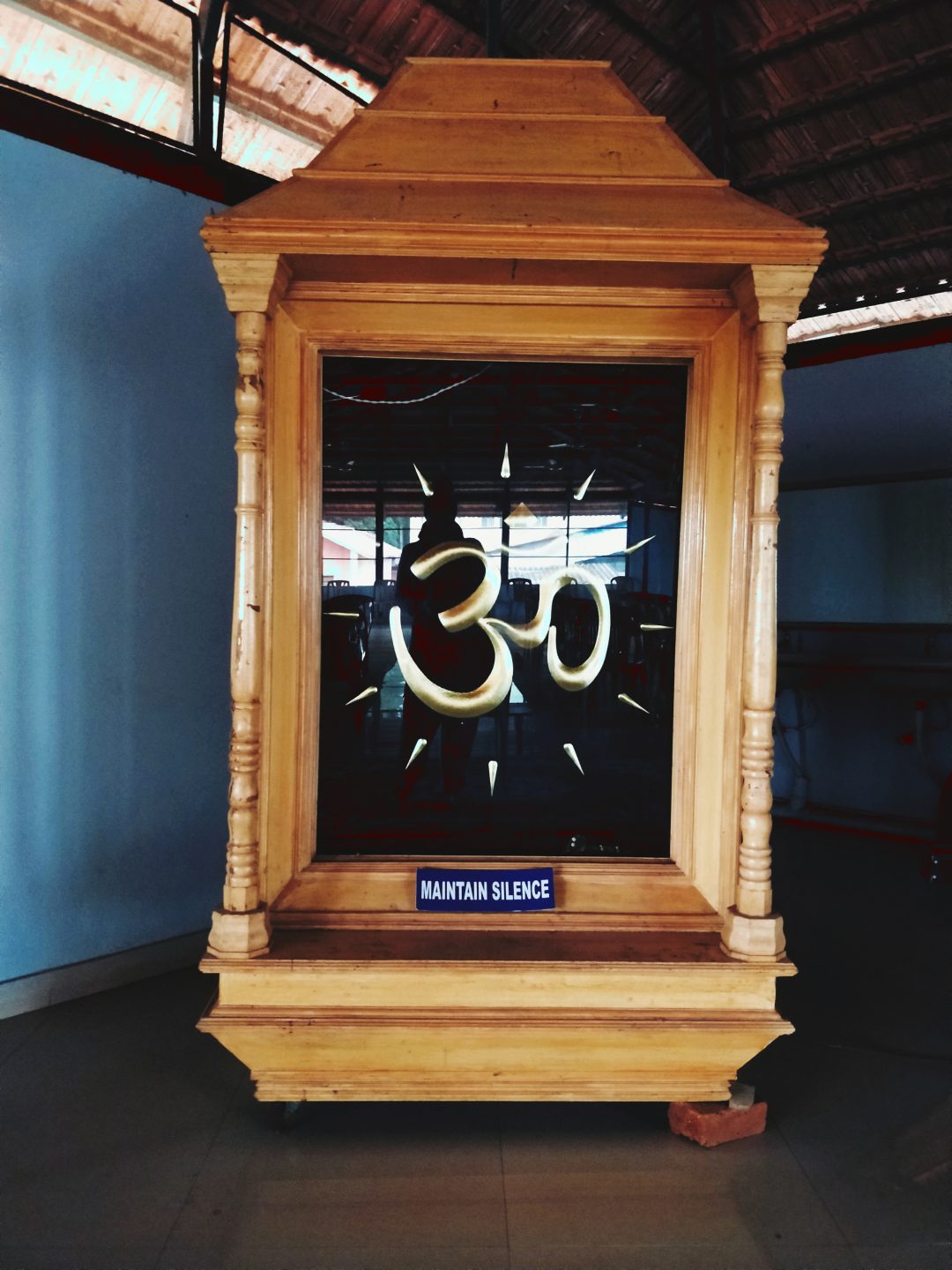I’ve found it. The secret to getting more out of your 24 hours. And it takes as little as 5 minutes to as much as 15 minutes. Promise.
 For a while now I’ve been crazy busy. I’ve started teaching more, more students are coming in, they want different things, new things and, most of all, they want results. I’ve been spending a lot of time planning the classes, travelling between classes, my own practice takes a while and then there’s the blog and FB page which are an invaluable source of inspiration and knowledge for me. So I’m constantly on the move, physically, mentally and emotionally. I had started to feel like I was all over the place. The more I tried to get organized, the more disorganized and panicked I’d get. But things got better.
For a while now I’ve been crazy busy. I’ve started teaching more, more students are coming in, they want different things, new things and, most of all, they want results. I’ve been spending a lot of time planning the classes, travelling between classes, my own practice takes a while and then there’s the blog and FB page which are an invaluable source of inspiration and knowledge for me. So I’m constantly on the move, physically, mentally and emotionally. I had started to feel like I was all over the place. The more I tried to get organized, the more disorganized and panicked I’d get. But things got better.
1. A couple of weeks ago I decided I would take 5 minutes in the morning and in the night to think about where I want my life to go. And in those 5 minutes I would also think about the actions I will take today that help me in heading towards that general direction. I started to visualize what I wanted out of my life and started thinking about how my day would contribute to where I want to go. At the end of the day started thinking about everything I did which contributed to making the vision more real to me.
I didn’t realize it then, but visualization is a powerful tool to keep you on track in life. Also, a total of only 10 minutes from my 24 hours was all I needed to remind me of what I believe my purpose is and also, what I want my purpose to be. It only takes 10  minutes of thinking to gain more clarity about how you’re spending your time. I believe it’s helped me weed out all those little things that sap a lot of my precious energy (deciding what to make for lunch or what to wear, for instance). Maybe I started investing this energy into leading better classes and connecting with people more.
minutes of thinking to gain more clarity about how you’re spending your time. I believe it’s helped me weed out all those little things that sap a lot of my precious energy (deciding what to make for lunch or what to wear, for instance). Maybe I started investing this energy into leading better classes and connecting with people more.
2. Once I realized that there has been a positive shift, I decided to add affirmations to my 5 minute routine. I read about affirmations in a book one of my students lent to me. She said the stuff I say about beliefs and actions reminded her of the book and she thought I’d enjoy reading it. I gave myself some time to think about what I really wanted out of life on priority (this was easy since I was spending 10 minutes every day thinking about this), and made a list. I then decided that I would spend an additional 5 minutes meditating upon the list. Over time I realized that thinking about the list made me more optimistic and energetic. Perhaps it’s seeing the things you want in a list in front of you. Sometimes the list makes me smile and laugh, sometimes it give me courage and optimism. But, at the end of my 5 minutes of contemplation, I feel ready to take on my day.
3. Visualizing and affirmations were working for me. And I had made my list in a pretty notebook that was, once upon a time, my  diary. I used to be an avid diarist. I have a carton full of my diaries in Delhi. They start from the 4th grade. I decided that after my 10 minutes of meditation every night, I would write down 3 things that made me happy/grateful. These can be the smallest things (one of my entries is “I’m grateful there was no traffic jam on Infantry Road today and I was able to get to my class on time.” Once I started doing this, I noticed I slept better! I guess thinking about the good things in life ends your day on a good note.
diary. I used to be an avid diarist. I have a carton full of my diaries in Delhi. They start from the 4th grade. I decided that after my 10 minutes of meditation every night, I would write down 3 things that made me happy/grateful. These can be the smallest things (one of my entries is “I’m grateful there was no traffic jam on Infantry Road today and I was able to get to my class on time.” Once I started doing this, I noticed I slept better! I guess thinking about the good things in life ends your day on a good note.
So, if you really want to shift something in your life for the better, give these three things a shot. You’ll get a lot more out of your day for a lot less!



